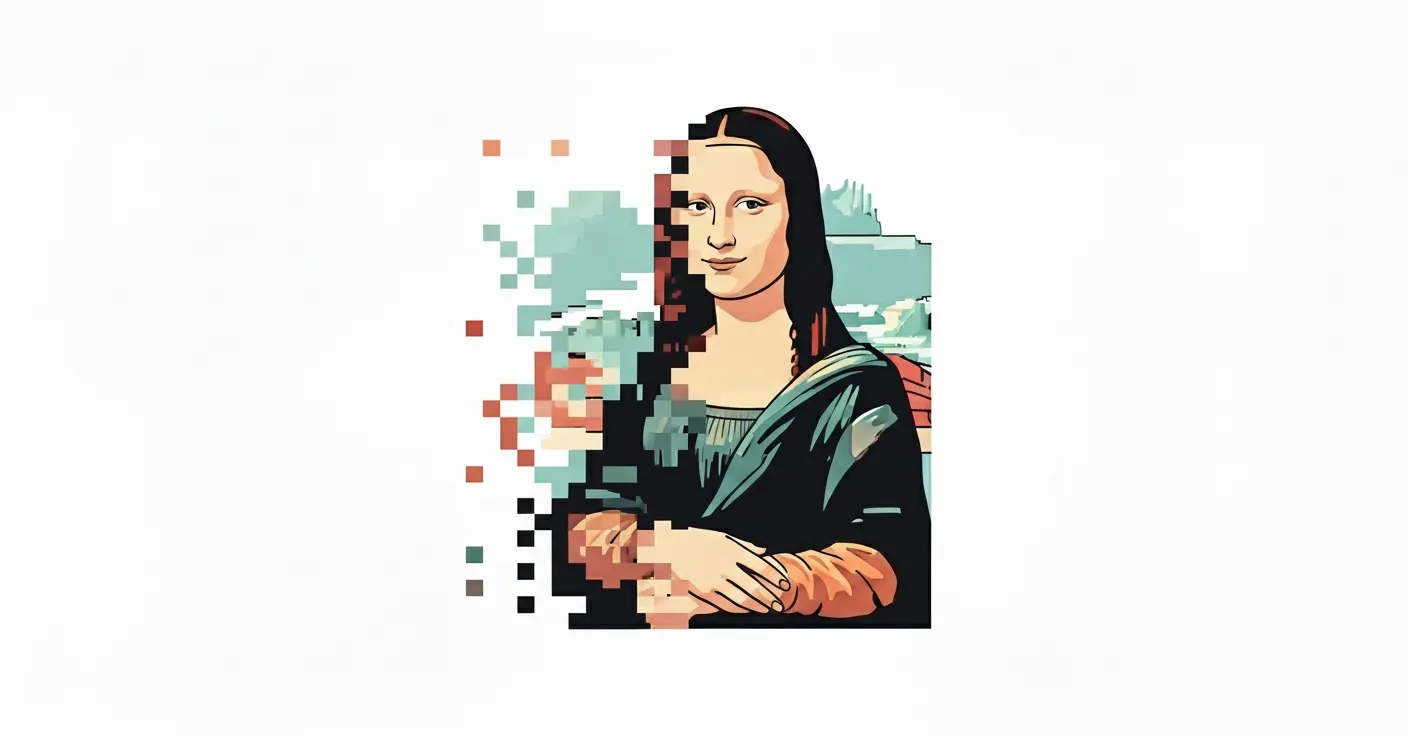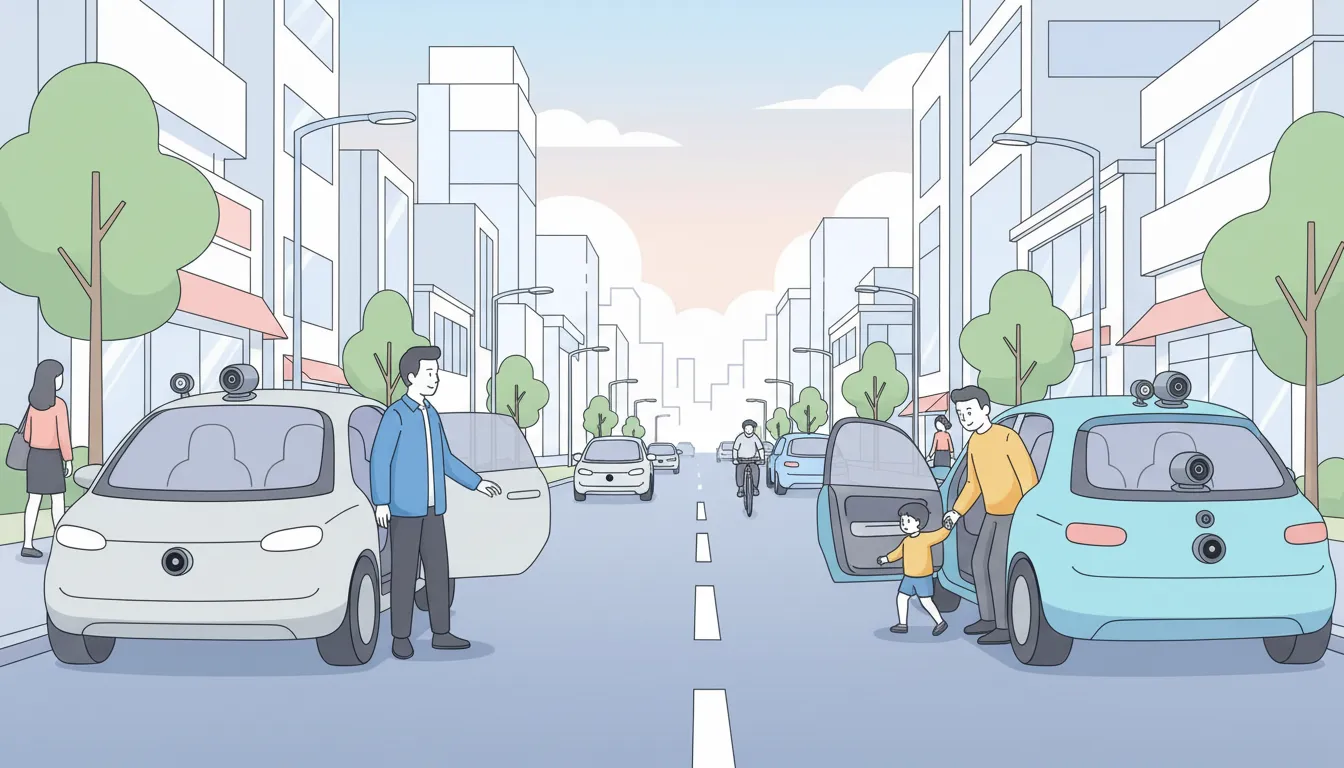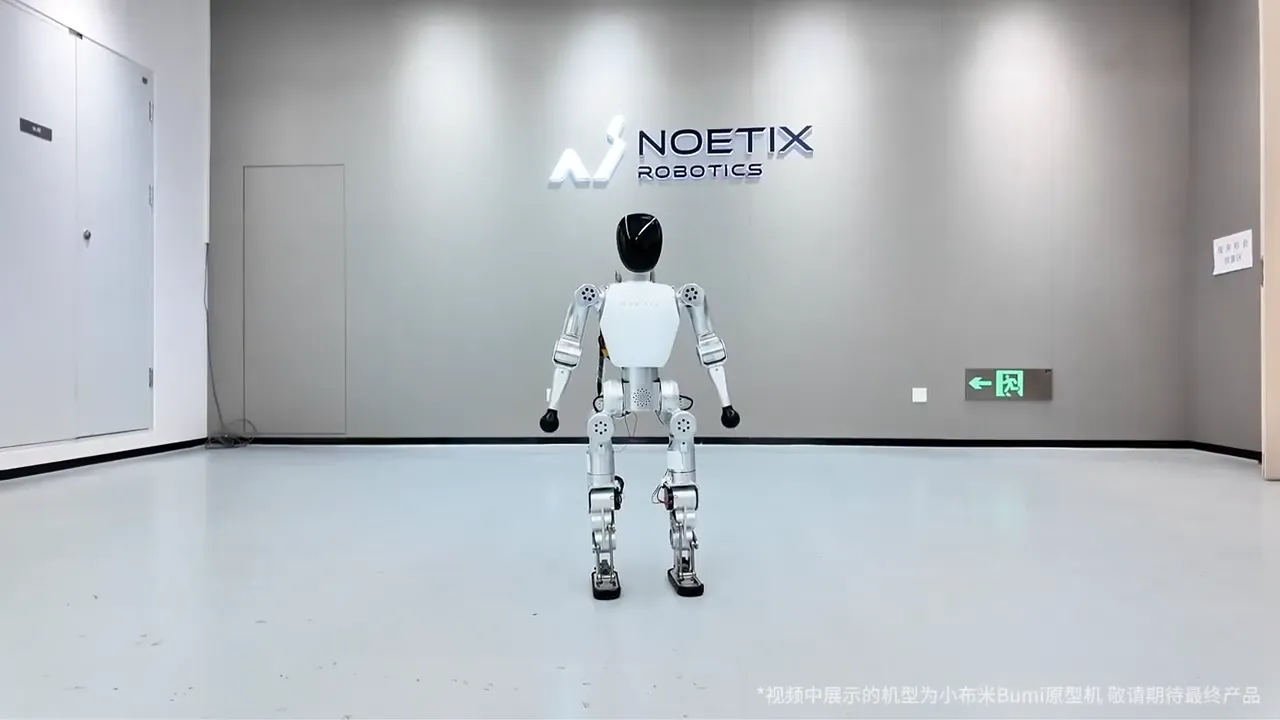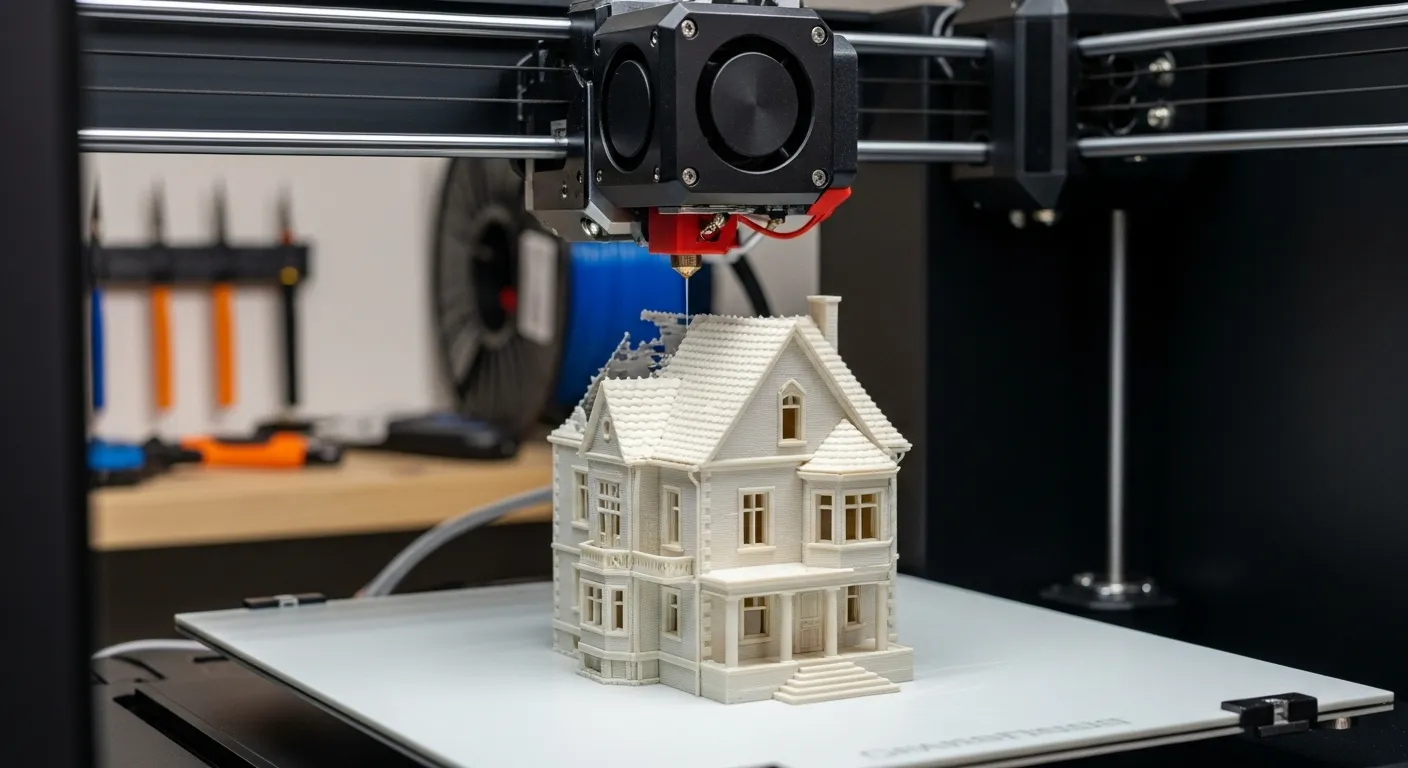- What are the behind-the-scenes of a Generative AI?
- What is Diffusion Model?
- Recent launch of Sora v2 by Open AI
When we see a flawless image or a seamless video created by artificial intelligence, it feels like magic. But the trick isn't in a computer having a perfect imagination; it's in the AI learning to destroy and then rebuild. These systems are known as Generative AI, are masters of turning text into visual reality mastering one counter-intuitive process: denoising.
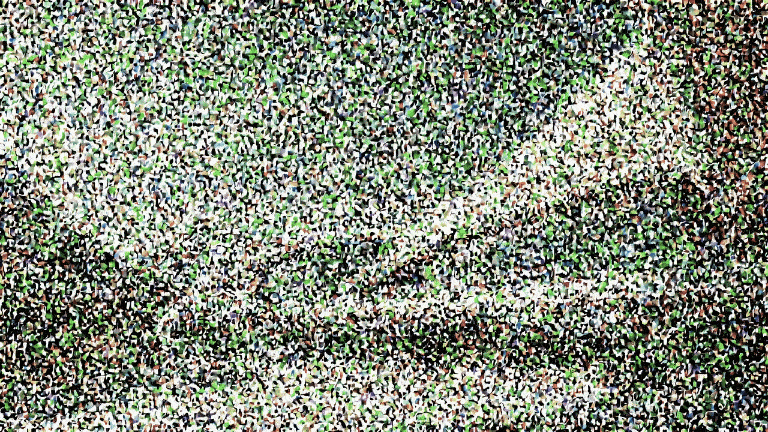
How the Magic Brush Works
At its heart, an AI image generator doesn’t "draw" like a human; it learns to reverse a process of destruction. This is where a Diffusion Model comes in, and it's the engine powering most of today's best tools, like DALL-E, Nano Banana and Midjourney.
Think of it like this:
- The Training: The AI is fed billions of image-and-text pairs. It learns that "cat" is usually furry, has pointy ears, and is often sitting on a "sofa."
- The Destruction (Forward Process): The AI takes a beautiful image and slowly, step-by-step, adds random noise—like TV static—until the image is nothing but a messy blur. Critically, it records every step of this "destruction."
- The Creation (Reverse Process): When you type a prompt, the AI starts with a screen full of pure, random noise. Using all the steps it learned in the destruction process, it works backward. It knows exactly which noise to remove at each step to eventually reveal the image that matches your text prompt.
It's data calculation that generate a high-quality image by iteratively and randomly denoising pure static noise, guided by text prompt, in a reverse-engineered process of destruction.
The New Era of Video with Sora v2
Image generation changed the world, but the ability to create entire, complex videos on demand is the true final frontier. And that’s where OpenAI’s latest release, Sora v2, is causing a sensation.
Meet Sora v2: The New Star on the AI Video Scene
Recently, OpenAI launched Sora v2, an AI video generator that isn't just about images but full-moving scenes. So, what makes Sora v2 special? It brings synchronized audio and video, realistic physics, and environmental details together, creating clips where voices, background sounds, sound effects, and visuals all fit perfectly. Plus, its "Cameo" feature lets you put yourself right into these AI-created scenes, blending tech and storytelling in a new way.
Sora v2 is trained on an enormous amount of video data, learning not just what objects look like, but how they move and interact in the real world. This is why the system can simulate complex physics—if a basketball player misses a shot, the ball will accurately rebound off the backboard instead of glitching or teleporting.
